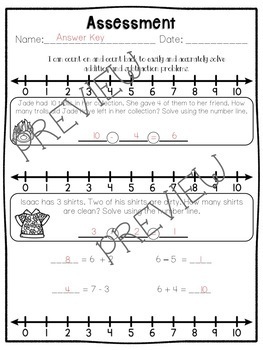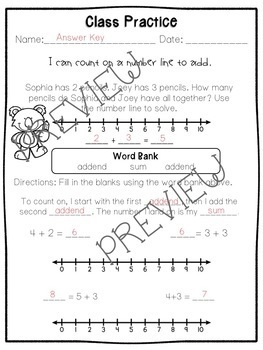Adding and Subtracting on a Number Line Worksheets
- PDF
What educators are saying
Description
These worksheets are perfect for teaching the basics of using a number line. Teach your students how to add and subtract simple numbers using a number line! This resource is versatile in that it can be used for whole group, intervention, homework, etc.
Download the preview for a free sample!
Each page has a word problem, varying equations, and a number line for every two problems so that the students may use a color crayon or a pencil with less mess. All sums and differences are on the number line.
This resource includes:
♥3 classwork pages
♥3 homework pages
♥assessment
♥answer Key
***************************************************************************
Check out these other math resources!
****************************************************************************
It pays to follow Simply STEAM! All resources are discounted at 50% off for the first 24 hours. Be sure to click the ☆ above to scoop up the great deals! Also be sure to follow Simply STEAM on social media for prizes, giveaways, and more!





